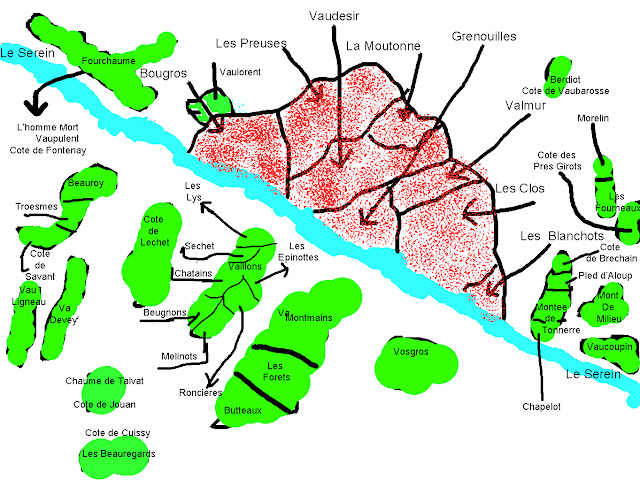Pinot noir Patagonia Bodega Chacra
Argentina has a winemaking history back some 450 years. Currently is thee fifth largest wine-producing country in the world.
Argentina vineyards lies close to the Andes mountain 1500 Km from the province of Salta in the north to Rio Negro and Nequen in Patagonia. Historically because the heat, most vineyards were planted in pergola system, Know locally as Parral.
This system lifted the grapes away from the searing heat close to the ground.
The real problem disease of the vineyard is called Nematodes, tiny roundworms that live in the soil and feed on plant roots by puncturing the root tissue with hollow. Once the Nematodes sink this structure deep into the grape's root tissue, they suck out the plant's juices. Symptoms of Nematodes damage can sometimes be hard to positively identify because they can look like several other problems, such as too little or too much water, unsuitable temperatures, disease or the lack of proper nutrients. Once those important roots are destroyed, the plant is unable to take up enough water and nutrients to sustain itself and also produce fruit.
To solve this problem Argentinian producer tend to grafted their vines to reduce the damage. Philloxera, although present is not regarded as a serious problem.
In Patagonia in the subregion of Rio Negro I had the chance to try a Pinot Noir for Bodega Chacra 200 Km north of Tierra del Fuego and equidistant to the Andes mountains and the Atlantic ocean. The Rio Negro itself is a glacial bed 30 Km stretching to 450 Km along the rivers bank at an elevation of 300 meters above sea level. The cooling influence is clearly not the altitude, but the latitude. The climate is dry surrounding by desert as a natural barrier result in a complete absence of Philloxera and vine disease. During the growing season the temperature varied by daytime around 28° and at night time 9°. The season are precisely defined, with hot summer, cold winters and mild spring and autumns.
The vineyard are planted in 1932 and the pinot noir are planted in their own rootstock and producer tiny small concentrated berries. Porous soil are dominated by gravel and significant limestone context. Very minimal intervention in vineyard with biodinamique concept, a very small amount of sulphur and semi carbonic maceration technique with a punching over. Old french barrique are used to aging, make this wine quite interesting.
A dense colour with translucent appearance, rose petal, spice and red fruit, raspberry, plum, cranberry
tar and earthiness, eucalyptus, mint, fennel savory. In the palate has an outstanding depth with impeccable balance and velvety texture and silky finish red fruits are succulent and sweet with a lovely fine tannin . Just incredible.





Comments
Post a Comment